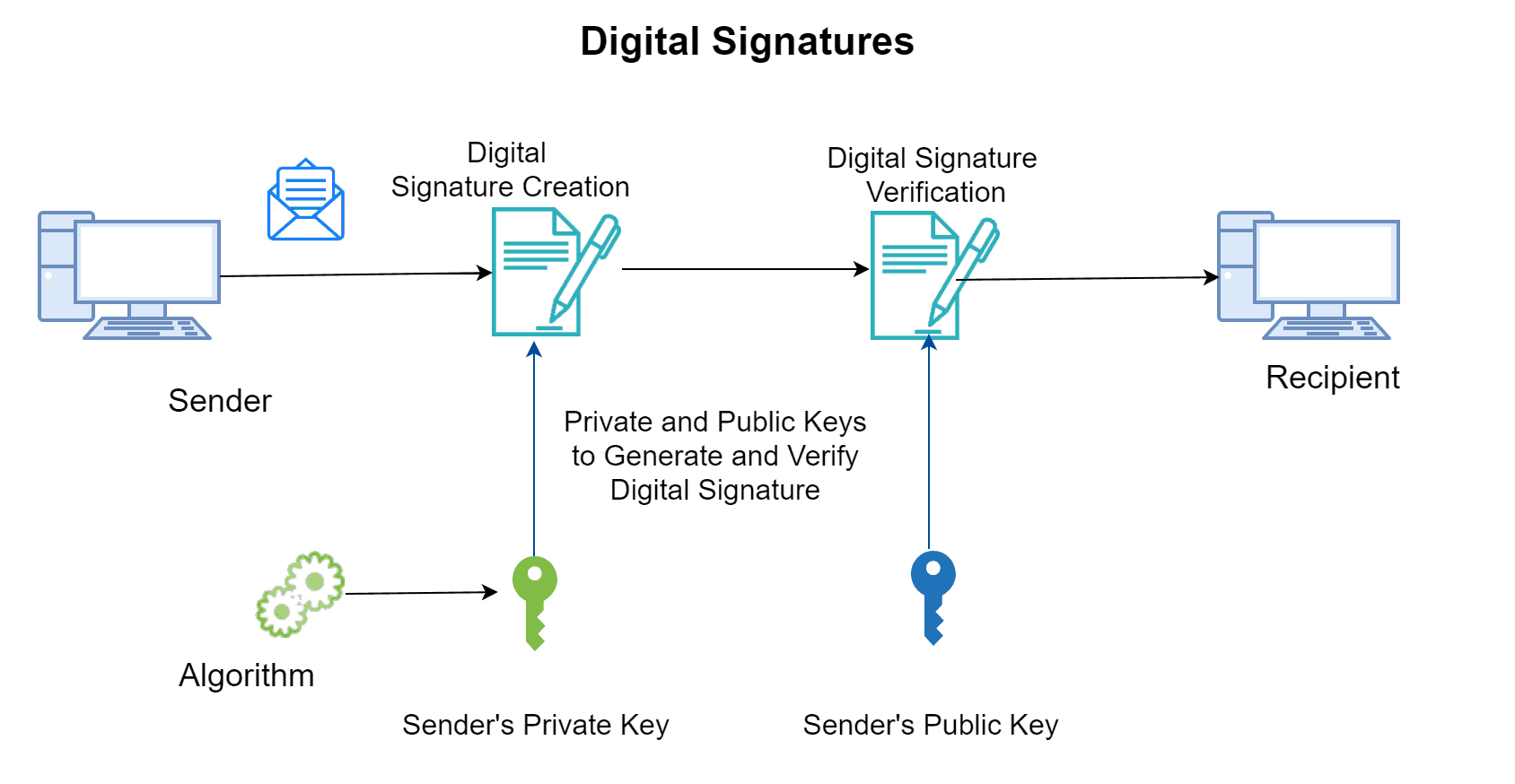

Once you have ‘signed’ these forms, the form will show a generic handwriting style font with a note that it was electronically signed. It is even possible to click I agree or I accept in lieu of typing out your name, although this isn’t really a full signature for legal purposes (it’s actually known as a clickwrap signature, but more on that later). The standard eSignature can look like this, or it can eliminate the actual signing step by requiring you to type out your full name as a substitute for signing. It requires a literal signature on an electronic device.

When thinking of electronic signatures, most people immediately think of one of those boxes where you sign your name with a stylus or your finger. Revv: the complete document automation toolĭifferent types of electronic signatures 1. Electronic signing solutions with Revvģ.1 Different electronic signature possibilitiesģ.4 Fully compliant and secure electronic signaturesģ.5 Tamper-proof and legally admissible audit trailģ.6 Keep documents safe with recipient authenticationsĤ. Different types of electronic signaturesģ. Today we will learn all about the different types of eSignatures, how they impact your organization and how a solution like Revv can augment your business productivity. The hardware and software requirements for each might vary as well.

While most electronic signature services nearly serve the same purpose, the added advantages of security, speed, convenience, and cost-efficiency varies from solution to solution. To explain what that means, let’s explain the different types of electronic signatures (plus learn what digital signatures are since they’re also relevant here). There are multiple standards for electronic signatures, and the term has different meanings in different contexts. If you have had to complete any online forms recently, there is a better than fair chance that you have used an electronic signature, perhaps without even really knowing it.


 0 kommentar(er)
0 kommentar(er)
